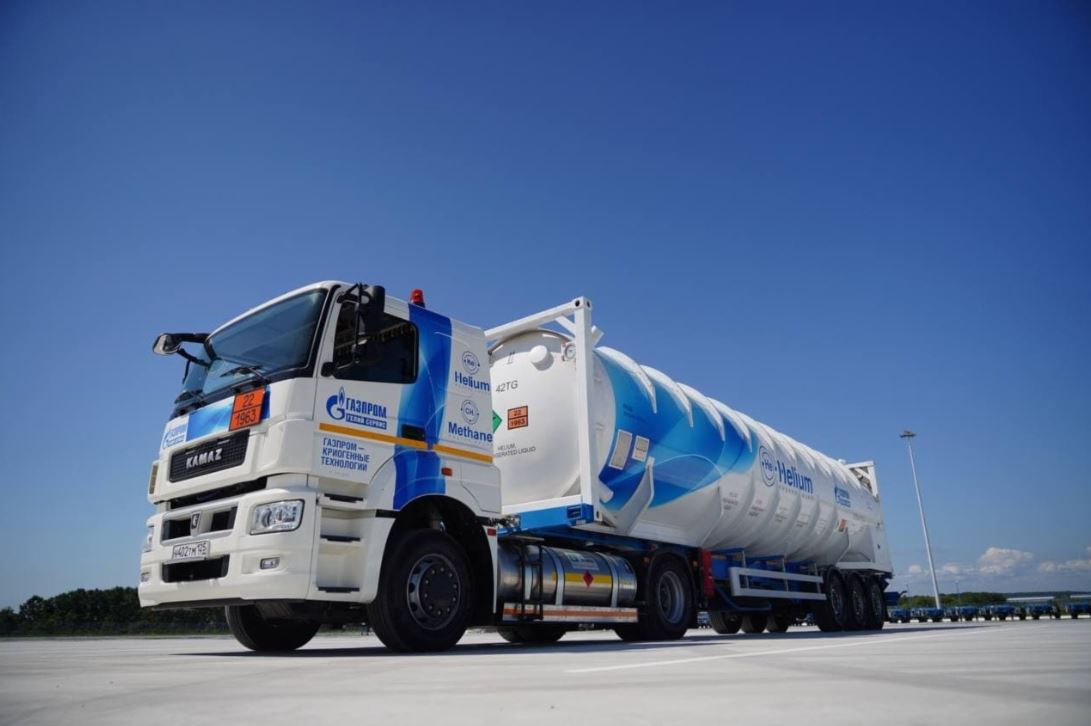A unit of Russian gas giant Gazprom has signed a deal to build another small-scale LNG plant in the country.
According to a Gazprom statement, its unit Gazprom Helium Service and Russian Far East and Arctic Development Corporation (RFEADC) signed a cooperation agreement for the creation of a complex for natural gas liquefaction in the Svobodnensky District, Amur Region.
Under the project, Gazprom Helium Service, in its capacity as the transportation services operator for the products of the Amur gas processing plant, plans to produce LNG for both its in-house vehicle fleet and regional consumers, the statement said.
RFEADC would provide assistance to Gazprom Helium Service in obtaining the residency status in the Svobodny PDA and also in the provision of all required infrastructure for the complex.
In addition, Gazprom Helium Service and the government of the Amur Region “entered into a cooperation agreement which, inter alia, will provide a possibility for the boiler houses of Belogorsk to use the LNG produced by the complex,” the statement said.
Gazprom did not provide any additional information on the small-scale LNG plant.
Gazprom Helium Service said in June it had launched a small-scale LNG plant near Vladivostok which will provide fuel for trucks transporting liquid helium.
The small-scale plant is located at Gazprom’s helium tank logistics center in the Primorye Territory in the Russian Far East.
Also, Gazprom started building a small-scale liquefaction plant in southwestern Siberia in June. The Russian firm said the plant’s output would help convert mining equipment to LNG and to replace coal fuel in the region, particularly in the Sheregesh ski resort.
Gazprom launches helium hub
Gazprom said in a separate statement it had launched the world’s biggest helium hub.
The hub, located in the Nadezhdinskaya PDA near sea ports in the Primorye Territory, is the key link in the logistics chain of commercial helium supplies from the Amur gas processing plant. It would provide services for the helium containers sent to the plant, Gazprom said.
Gazprom Helium Service, the helium hub operator, will transport the containers with a fleet of LNG-powered Kamaz trucks.
The opening of the logistics center follows the gradual increase in the Amur GPP’s capacities.
Gazprom said it has launched the GPP’s second production train on September 2, a day before it opened the helium hub.
As soon as the Amur plant reaches its design capacity, it would produce 60 million cubic meters of helium per year, becoming the global leader in helium production, Gazprom said.
“The hub will have the capacity to perform more than 4,000 operations with thermally-insulated containers per year. This is an unprecedented figure, as there are currently only 2,000 thermally-insulated cryogenic containers in the world, which collectively carry all of the helium produced worldwide,” Gazprom’s chief Alexei Miller, said.

